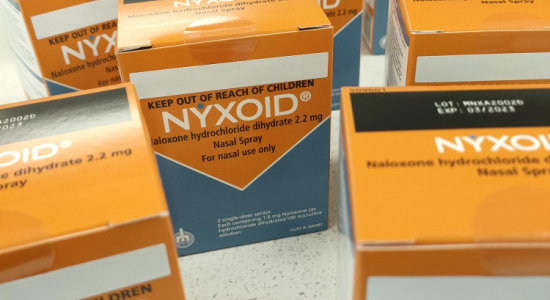Let’s take the ambulance to the top of the cliff
Nearly three weeks ago, 13 people landed in Christchurch Hospital Emergency Department in one night, after taking a drug they thought was MDMA.
Turns out they were wrong – it was something much more dangerous. Nearly three weeks later, police confirmed it was actually N-Ethylpentylone – a drug we knew was doing the rounds half way through last year. A drug the public could – and should – have been officially warned about.
How did we know about this drug? Because volunteers from KnowYourStuffNZ and the Drug Foundation carried out drug checking at a number of music festivals, and N-Ethylpentylone was identified as “this summer’s crap drug”. This information should have been publicly broadcast over as many channels as possible. Appallingly, the only place it was published was the KnowYourStuff website.
The Canterbury DHB was quick off the mark, releasing a warning the morning after the incident, and they should be commended for that. It’s just the kind of quick response we need, to keep people safe. However, they didn’t include any practical information or advice, and that’s key to keeping people safe.
Here’s what people need to know
For any warning to be effective, it should provide potential users with tools and information to reduce their risk of harm. That means what the substance looks like, how to check what it really is, how to recognise if someone is overdosing – and what to do about it. Here’s our harm reduction advice for N-Ethylpentylone.
How can we stop this happening again?
Because drugs must be purchased through the black market, buyers have no real idea what’s in them. Being reckless is the only option. But we can change that, with an official early warning system involving first responders and grass roots community workers.
Useful information on what to look out for and how to avoid the emergency department would be widely sent out alongside the warning. This system could also enable medical teams to be pre-warned about what’s out there and provide better support.
The National Drug Policy 2015 identified an early warning system as a priority, but so far nothing has happened. We need action to back up these words, as situations like this become increasingly common.
Recent news

Expert Pharmac committee recommends funding for overdose reversal nasal spray
Public funding for a lifesaving opioid overdose reversal nasal spray is one step closer, with an expert committee saying that funding the medicine for use by non-paramedic first responders and people at high risk of an opioid overdose is a

Reflections from the 2024 UN Commission on Narcotic Drugs
Executive Director Sarah Helm reflects on this year's global drug conference
What can we learn from Australia’s free naloxone scheme?
As harm reduction advocates in Aotearoa push for better naloxone access, we look for lessons across the ditch.

